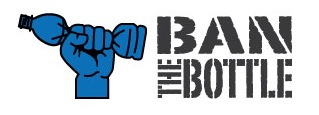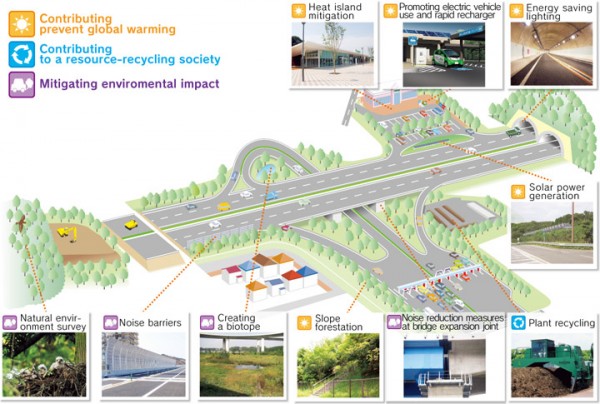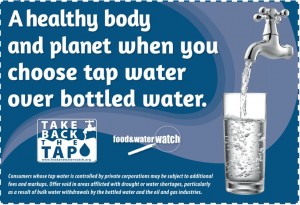 People have no idea how bad bottled water is – for the health of the world, their communities and their bodies. Bottled water is also a social justice issue.
People have no idea how bad bottled water is – for the health of the world, their communities and their bodies. Bottled water is also a social justice issue.
Let’s start with the health issues: single use bottles contain BPA which leeches into water, especially when stored in hot temperatures. Plus, bottled water contains more bacteria than tap water. Stop Corporate Abuse explains,
Bottled water is often sold with images of snowy peaks and pristine rivers with slogans boasting the “pure fresh taste.” Through marketing that presents bottled water as somehow cleaner or safer than tap water, the bottled water industry has effectively cast doubt on the quality of America’s tap water. In 2003, a Gallup poll found that one in five people was drinking only bottled water, largely because of such doubts.
However, the “alternative” sold by these corporations is often a matter of perceived quality rather than an actual substantive difference. In reality, close to half of all bottled water is basically bottled tap water – sold back to consumers for thousands of times the price.
What’s more, bottled water is subject to far less independent regulation and oversight than our public water systems. The Environmental Protection Agency has jurisdiction over public water systems, while the Food and Drug Administration (FDA) is responsible for overseeing bottled water quality. Both agencies use a similar set of quality standards. While these standards are similar on paper, the FDA lacks adequate capacity to effectively monitor the industry, and largely relies on bottlers to police themselves.
Next, consider the environmental impact to manufacture plastic bottles; spend the energy to put it into bottles and ship it to distributors, then transport it to stores and refrigerate it until a customer spends up to $2 to buy a bottle. Pablo Pastër of Triple Pundit calculated the natural resource cost to be close to 7 times the amount of water actually contained in the bottle, plus a bunch of fossil fuel.
Taxpayer cost: even small towns spend hundreds of thousands of dollars a year to buy bottled water, instead of investing in tap water infrastructure, and the management and treatment of stormwater. Is this how you want your taxpayer dollars being spent?
We’re not done yet. Empty bottles still need to be thrown out! Stop Corporate Abuse tells us that according to the US Government Accountability Office (GAO),
… about three-quarters of the water bottles produced in the United States in 2006 were discarded and not recycled. Each year more than four billion pounds of PET plastic bottles end up in landfills or as roadside litter … Waste generation has a huge monetary impact on municipalities… Assuming the average national tipping fee of $35 per ton, these four billion pounds of plastic waste cost US cities at least $70 million annually, not including the costs of collection, trucking and litter removal.
Finally, people have begun to fight back against bottled water abuse.
Concord, Massachusetts has become one of the first communities in the U.S. to ban the sale of single-serving plastic water bottles … Octogenarian Jean Hill lead the charge, telling The New York Times in a 2010 interview, “The bottled water companies are draining our aquifers and selling it back to us.” She declared, “I’m going to work until I drop on this.”
And you can fight back too. Try a campaign in your own town or school. Here are some resources to get you started:
Ban the Bottle
The Water Project





